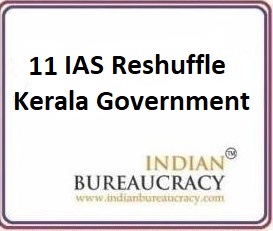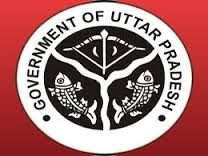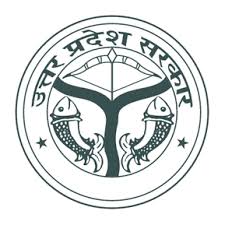Delhi, along with the National Capital Region (NCR), has once again found itself shrouded in a thick blanket of smog, marking the onset of another challenging battle against air pollution. Despite two decades of concerted efforts, the city continues to grapple with soaring pollution levels, pointing towards a critical need for reevaluating strategies and embracing more comprehensive measures.
The Recent Surge: On November 2, Delhi and the NCR experienced the season’s first severe smog, characterized by a sudden and staggering 68% spike in particulate matter less than 2 microns in size (PM2.5) within a mere 24 hours. This alarming escalation serves as a stark reminder of the inadequacy in both speed and scale of actions taken to address the deep emission cuts necessary for safeguarding public health.
Decoding Past Actions: The battle against air pollution in Delhi has witnessed significant interventions over the past two decades, including the transition of public transport to compressed natural gas, the phasing out of old commercial vehicles, pollution charges on trucks, and stringent emissions standards for new vehicles. Despite these efforts, the root of the problem persists.
Post-2020 Initiatives: Recent initiatives post-2020 have seen an increase in the number of buses, the beginning of fleet electrification, expansion of natural gas in industries, and the implementation of dust control measures. Real-time air quality monitoring indicates a stabilization of PM2.5 levels, but achieving the National Ambient Air Quality standards demands a further 60% reduction.
Challenges and Unfinished Business: Clean air targets necessitate a monumental energy transition in transport, industry, and households. The transport sector remains a major contributor to pollution concentration, with inadequate integration of public transport systems and ineffective measures to restrain vehicle numbers. The decline in passengers carried per bus daily and the lack of strategies to control dirty fuels in industrial units are additional challenges.
Persistent Issues: The burning of waste, insufficient coverage of formal waste collection services, and the use of solid fuels in households and open eateries remain persistent issues. Despite targets for waste diversion and segregation, actions fall short of the set objectives. The Need for Regional Interventions: Delhi-centric measures alone are insufficient; pollution transcends boundaries. Scaled-up actions across key pollution sources in all NCR states, addressing episodic crop residue burning, demand target-aligned strategies, strong compliance, effective financing, and rigorous monitoring.
As Delhi grapples with recurring smog episodes, it is evident that the existing scale of systemic action is inadequate. A holistic and regionally coordinated approach, coupled with innovative financing and stringent monitoring, is imperative to curb air pollution and safeguard public health. The battle against air pollution is far from over, but with concerted efforts and comprehensive strategies, there is hope for a clearer and healthier future for Delhi and its residents.





